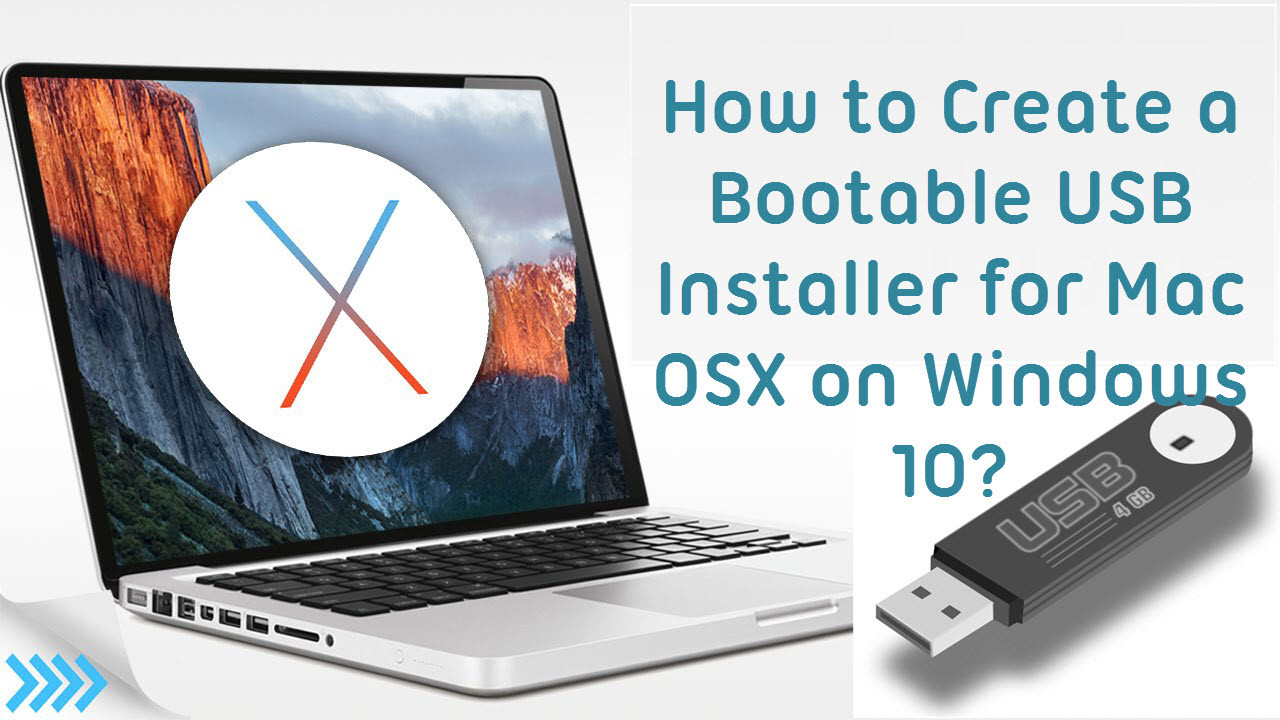
Unsurprisingly, rufust can also be used for Windows 10 UEFI installation. Hopefully, the next time I want to install a Linux distro in UEFI mode, I wouldn’t have to Google for two hours. The flash drive is booted in UEFI mode if the output of the following command is a list of files: To check the progress, you need to open another terminal (command) window, determine the PID of dd process by running ps -e (which will give you PID), and then running the command kill -USR1 sleep 1 to see the output of dd in the original terminal (command) window.Īfter the operation has completed, you can boot the flash drive in UEFI mode. You won’t get any output from the command while the operation is in progress. This will start dumping the image onto the flash drive.

Insert the flash drive and determine what device it has been mapped to by running.Ĭat /proc/partitionsThis should output a list of partitions in /dev.NOTE: If you’re using Cygwin, make sure to run Cygwin as Administrator (right click, run as Administrator). WARNING: You will loose all the data on your flash drive. It is also available under Windows if you have Cygwin installed. dd It should be already available under any Linux installation. The other possibility is to use the good ol’ Linux utility disk dump ( dd). (That’s Too Long Wanna Read for the lack of a better acronym!) The good thing about this app is that the USB flash drive will end up with a single partition and is still usable in Windows. There is a great application called rufus that does the trick for you. There are two ways to create a UEFI compatible flash drive: TL DR Most of us are already familiar with all the necessary steps but the creation of a bootable UEFI compatible flash drive from an ISO file 😀.

There is a comprehensive guide about installing Linux in UEFI mode that details all the do’s and don’ts. Update: If you’re looking for Windows 10 UEFI installation, take a look at the addendum at the end of the post!Īlthough there are a lot of applications for creating a bootable flash drive using an ISO image (such as UNetBootin), not many of them support the creation of a bootable flash drive that can be used for installing the operating system in UEFI mode (I’ve never succeeded with UNetBootin personally!).


 0 kommentar(er)
0 kommentar(er)
